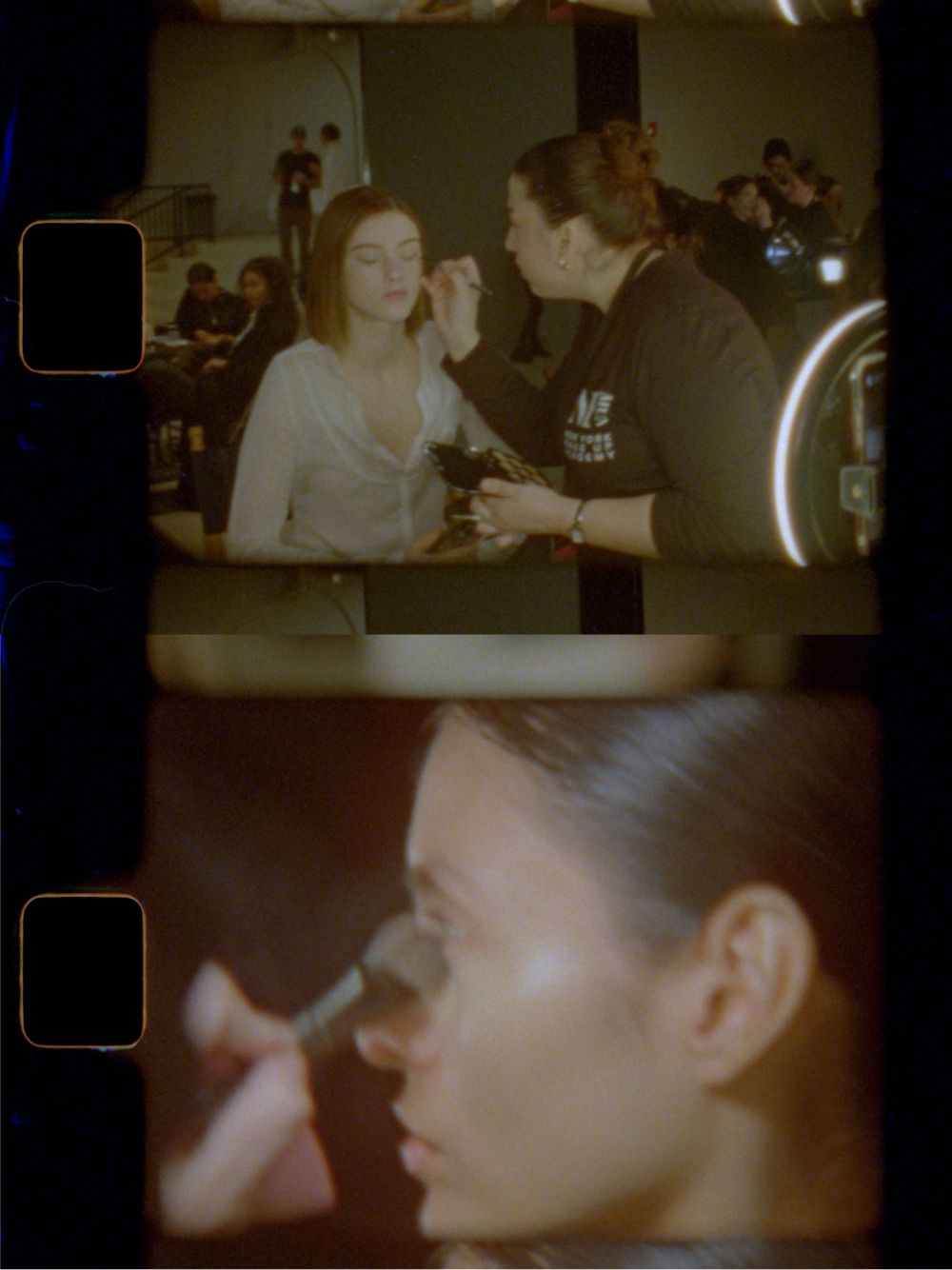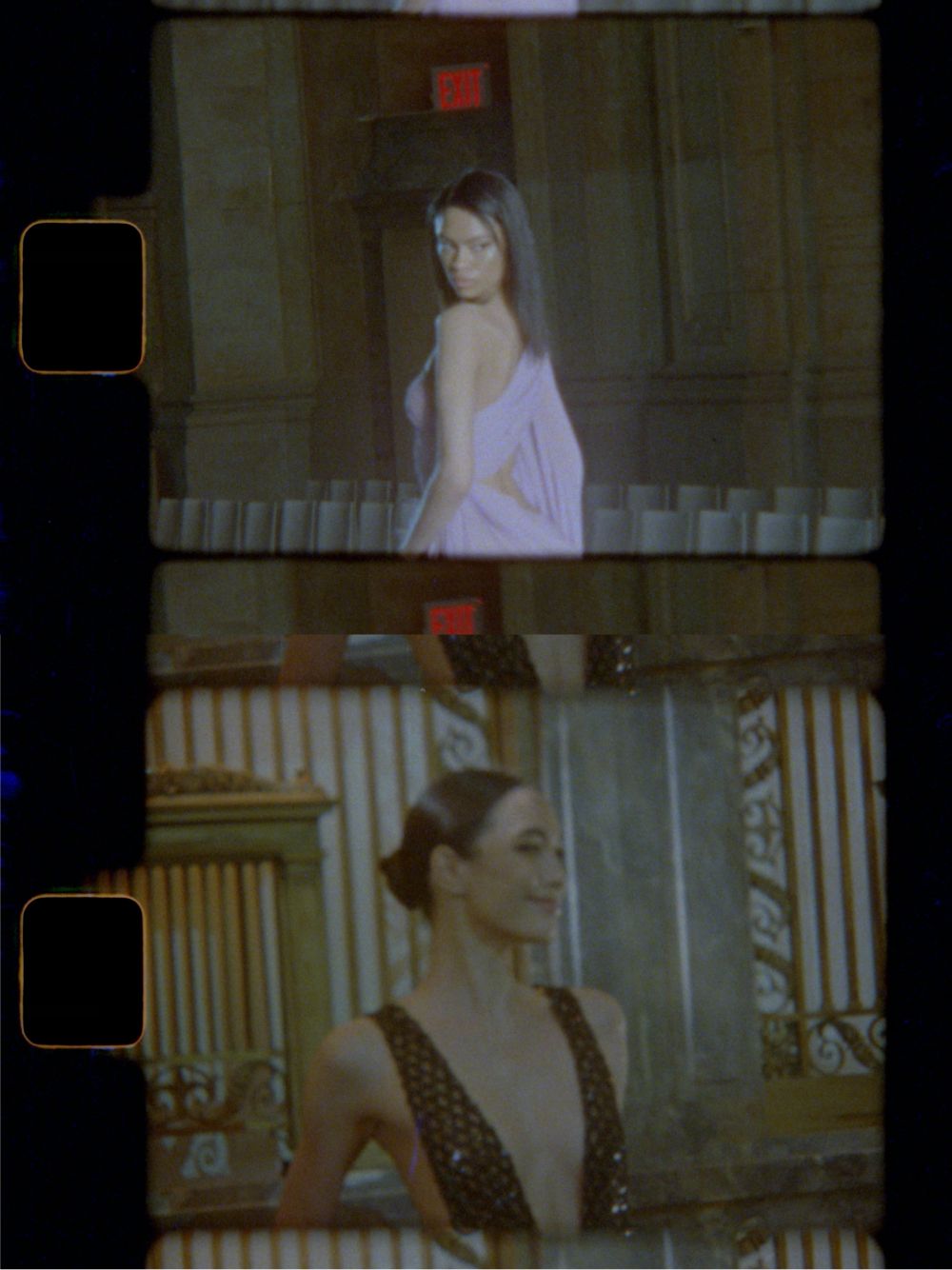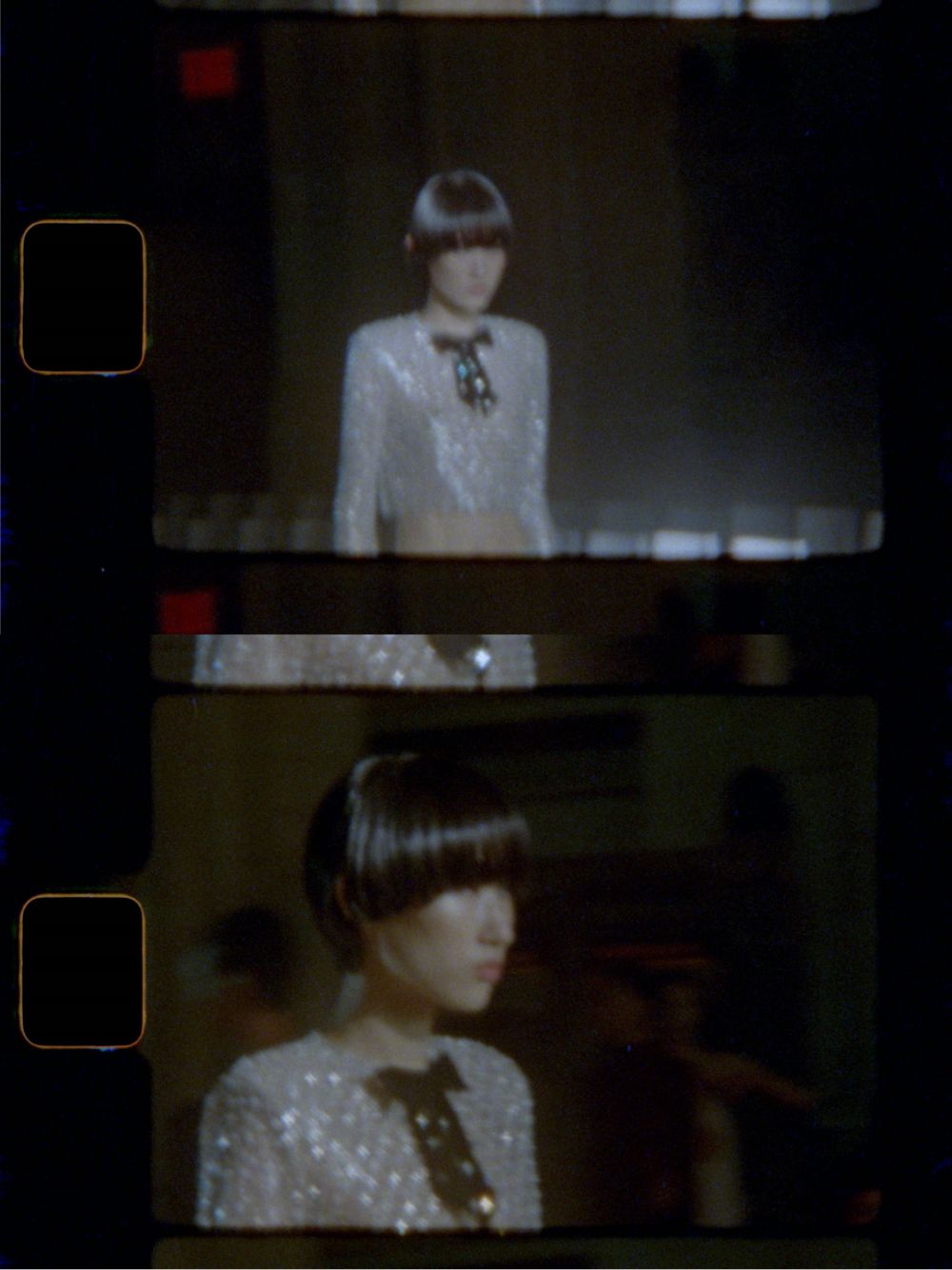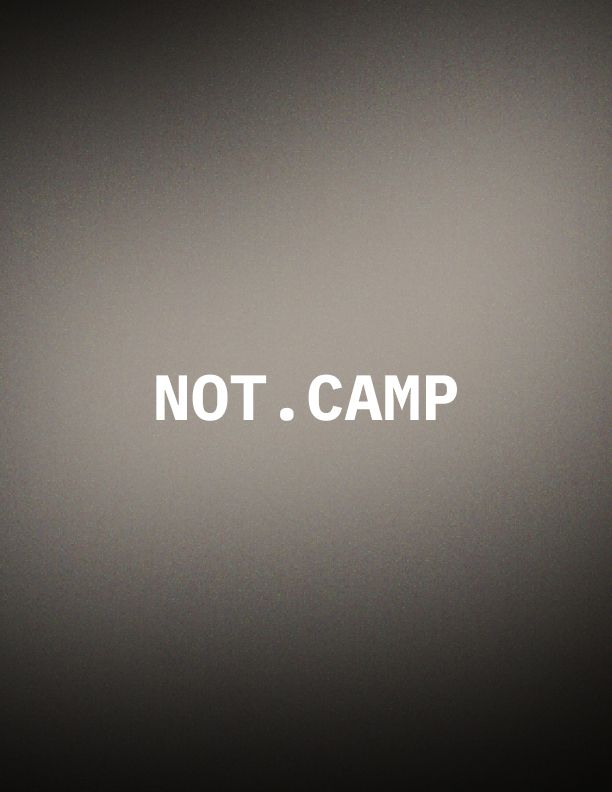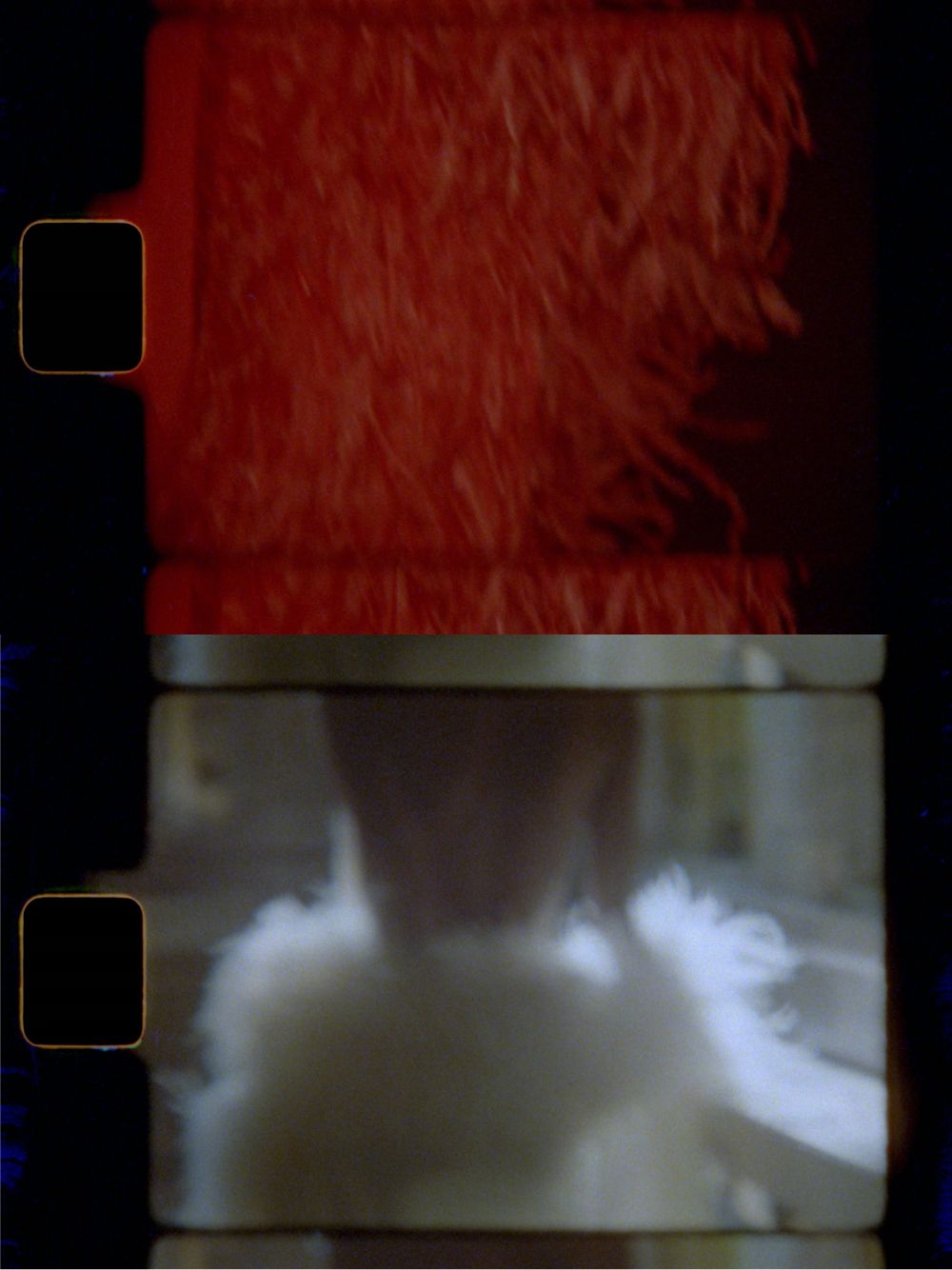
Summary
- NYFW Fall/Winter 2025 highlighted a pivotal shift toward wearability and comfort, championed by emerging independent designers.
- The season struck a balance between utilitarian fashion and creative theater while resonating with the evolving cultural and social landscape.
New York Fashion Week Fall/Winter 2025 unfolded as a reflective yet quietly revolutionary period centered on the premise of wearability, concocting a narrative strongly fueled by independent voices. As the global fashion audience tuned in, the week’s events demonstrated a significant departure from pure spectacle toward an introspection-centered approach that prioritized clothing’s practicality and societal resonance.
This season, the leitmotif of wearability came to dominate, setting the pace for nuanced collections that bore witness to a purposeful blend of comfort and style. This shift signaled designers’ acknowledgment of consumers’ desires for clothing that is both practical and meaningful in everyday life. Through collections by designers like Derek Lam and Kallmeyer, rolling shapes and cozy textures framed pieces steeped in functionality without sacrificing elegance or contemporary style.
Yet this dedication to wearability didn’t strip away the theatrical flourishes that traditionally define fashion weeks. On the contrary, it was complemented by striking presentations from icons like Thom Browne and Marc Jacobs, who balanced the week with moments of fantasy and exaggerated narratives. Their performances were a testament to the industry’s continuous interplay between reality and imagination, where oversized silhouettes and dramatic aesthetics found room to coexist alongside more subdued offerings.
At the core of NYFW’s 2025 iteration was the noticeable emergence of independent designers infusing the scene with fresh perspectives and diversity unmatched in recent memory. Prominent up-and-comers such as Christopher John Rogers and Luar captivated audiences with vivid hues and innovative designs, heralding a new era where independent creative terrains could flourish unencumbered by the commercial restraints often associated with established houses.
The socio-political and cultural setting in which these shows took place lent a palpable urgency to the narratives conveyed on the runways. The absence of heavyweight brands such as Ralph Lauren and Tommy Hilfiger carved space for independent labels, allowing for a restructuring of focus that celebrated diverse voices. In this context, collections acted as canvases not only for personal expression but also for broader societal commentary, pushing the envelope on discussions of representation, equity, and sustainability.
Moreover, sustainability emerged as a key undertone woven into NYFW’s storytelling fabric. Designers like Stuart Vevers at Coach signaled a commitment to listen to the calls for ecological consciousness, echoing an emerging sustainable dialogue that fashion needs to amplify in response to a broader societal imperative.
In retrospect, NYFW Fall/Winter 2025 emerges as a pivotal moment of quiet rebellion—one that defied the superficiality of trends for trend’s sake, opting instead to underline the human experience, environmental accountability, and individual expression. As the fashion community soul-searches for its role amidst rapid shifts, this season reaffirmed the industry’s capacity to adapt, embracing a duality where the bold coexists with the attainable, and where independent voices are not only heard but celebrated.


